
A beard is a popular style among men, but not all men want to grow a full beard. Some prefer to rock a chin beard without a mustache. This style has been gaining popularity in recent years and can be seen on many celebrities and everyday men. If you are considering trying out this style, here is everything you need to know about the chin beard no mustache.
What is a Chin Beard No Mustache?

A chin beard no mustache is a facial hair style where a man grows a beard along the chin and jawline but shaves off the mustache. This style creates a distinct look and is often referred to as a "goatee" or "Van Dyke" beard.
How to Grow a Chin Beard No Mustache

Growing a chin beard no mustache is similar to growing any other type of beard. Start by letting your facial hair grow out for a few weeks until it reaches the desired length. Then, use a trimmer to shave off the mustache portion of the beard, leaving just the chin hair. You can shape the beard to your desired length and thickness using a razor or trimmer.
Choosing the Right Chin Beard No Mustache Style

There are several variations of the chin beard no mustache style that you can choose from. The classic goatee is a small, round beard that sits on the chin. You can also try a "soul patch," which is a small tuft of hair just under the lower lip. Another popular chin beard style is the "anchor," which combines a chin beard with a small mustache that connects to the beard.
How to Maintain a Chin Beard No Mustache

Like any other beard style, a chin beard no mustache requires regular maintenance to look its best. Use a trimmer to keep the beard at your desired length and shape. You can also use beard oil to keep the hair soft and hydrated. Be sure to wash the beard regularly to prevent any buildup of dirt or oil.
Who Can Pull Off a Chin Beard No Mustache?

A chin beard no mustache can be a great style for men of all ages and face shapes. However, it may not work for everyone. If you have a round face or a weak chin, a chin beard may not be the best choice for you. It's always a good idea to consult with a barber or stylist to find the best beard style for your face shape.
The Pros and Cons of a Chin Beard No Mustache

Like any other style, a chin beard no mustache has its pros and cons. Here are some things to consider before trying out this style:
Pros:
- Creates a unique and distinctive look
- Requires minimal maintenance compared to a full beard
- Can make the face appear slimmer and more angular
Cons:
- May not work for all face shapes and styles
- Can be difficult to maintain a clean and neat appearance
- May not be appropriate for all professions or social settings
Conclusion
A chin beard no mustache can be a great option for men looking for a unique and low-maintenance beard style. With the right maintenance and grooming, this style can look great on men of all ages and face shapes. Consider consulting with a stylist or barber to find the best chin beard style for your needs.
Related video of Chin Beard No Mustache: A Style Guide for Men

Introduction
Cherry pits are a common concern for parents whose children love to snack on cherries. While cherries are a healthy and tasty fruit, the pits inside can be dangerous if ingested. In this article, we will discuss the risks associated with eating cherry pits and what parents can do to keep their children safe.
Why Do Children Eat Cherry Pits?
Children are curious beings, and it is not uncommon for them to explore the world around them by putting things in their mouth. Cherries are small and sweet, making them an attractive snack for children. However, they may not understand that the pits inside are not meant to be eaten.
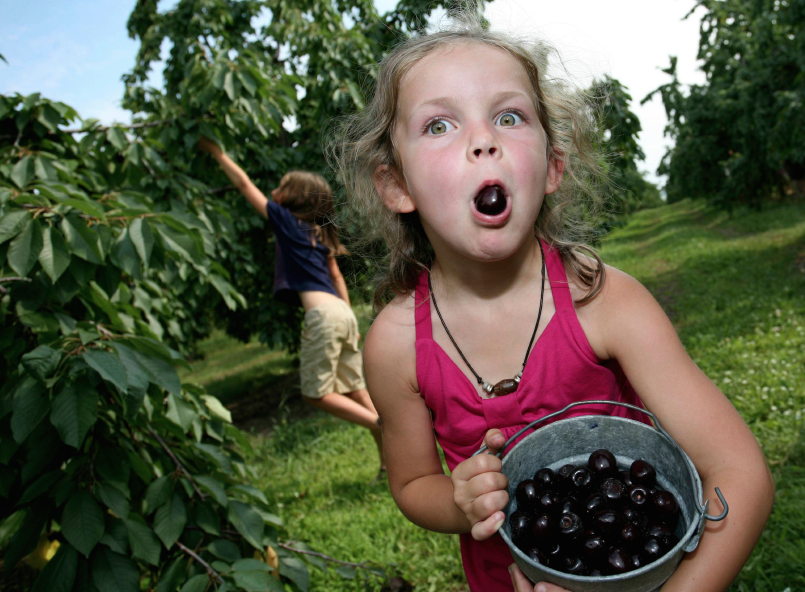
The Danger of Eating Cherry Pits
Cherry pits contain a compound called amygdalin, which breaks down into hydrogen cyanide when ingested. Hydrogen cyanide is a poisonous gas that can cause serious harm to the body. Symptoms of cyanide poisoning include dizziness, headache, rapid breathing, and in severe cases, seizures and coma.
What To Do If Your Child Eats Cherry Pits
If your child has ingested cherry pits, it is important to seek medical attention immediately. Call your local poison control center or take your child to the emergency room. Do not induce vomiting, as this can cause further harm.
Preventing Cherry Pit Ingestion
The best way to prevent cherry pit ingestion is to supervise your child while they eat cherries. Teach them not to eat the pits and to spit them out. You can also remove the pits before giving cherries to your child. Another option is to switch to seedless cherries, which are becoming more widely available.

Alternatives to Cherries
If you are concerned about the risk of cherry pit ingestion, there are plenty of other fruits and snacks that your child can enjoy. Some healthy alternatives include strawberries, blueberries, raspberries, and watermelon. You can also offer your child cut-up vegetables, such as carrots or cucumbers, with hummus or yogurt dip.
Conclusion
While cherries are a delicious and healthy snack, the pits inside can be dangerous if ingested. It is important for parents to supervise their children while they eat cherries and to teach them not to eat the pits. If your child does ingest cherry pits, seek medical attention immediately. By taking these precautions, you can ensure that your child stays safe and healthy while enjoying their favorite snacks.
Related video of Child Eating Cherry Pits
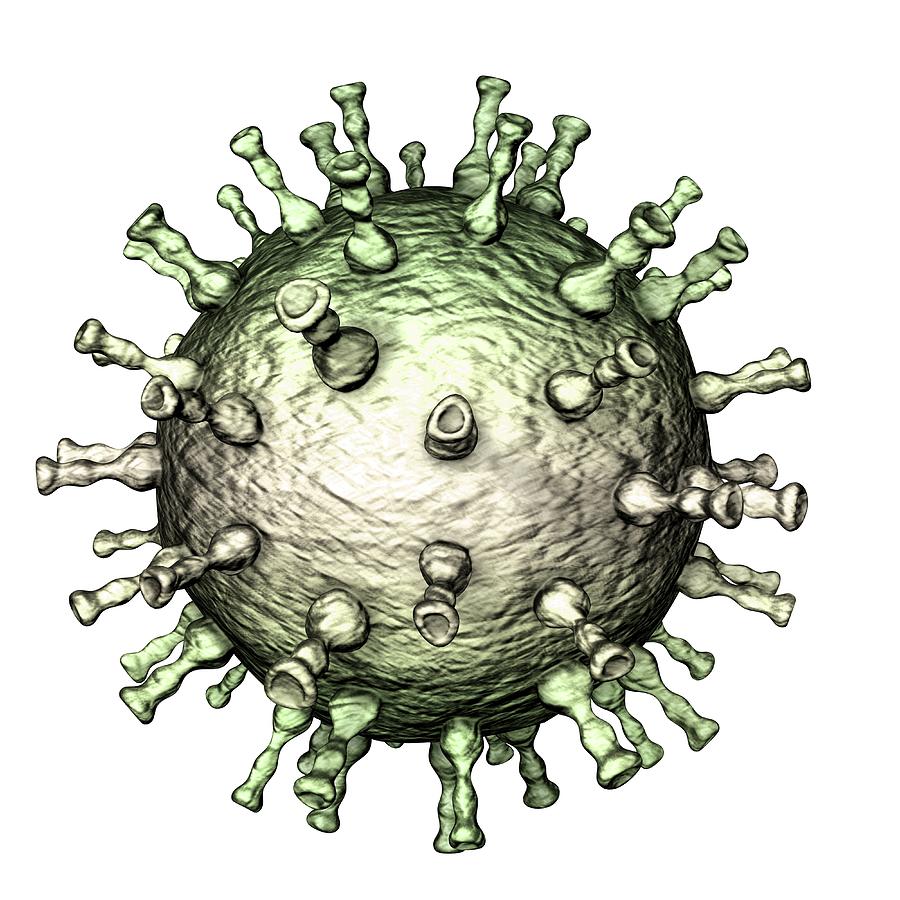
Introduction
Chickenpox is a highly contagious disease caused by the chickenpox virus. It is a common disease that mainly affects children, but adults can also get infected. Chickenpox is characterized by an itchy rash and blisters all over the body. In this article, we will discuss the scientific name of the chickenpox virus and other important information related to the disease.What is the Scientific Name of the Chickenpox Virus?
The scientific name of the chickenpox virus is Varicella zoster virus (VZV). It is a DNA virus that belongs to the family Herpesviridae, which also includes other human viruses such as herpes simplex virus, cytomegalovirus, and Epstein-Barr virus.How is the Chickenpox Virus Transmitted?
The chickenpox virus is highly contagious and can be transmitted through direct contact with an infected person's skin lesions, saliva, or respiratory secretions. The virus can also be spread through the air when an infected person coughs or sneezes. It is most contagious from one to two days before the rash appears until all the blisters have crusted over.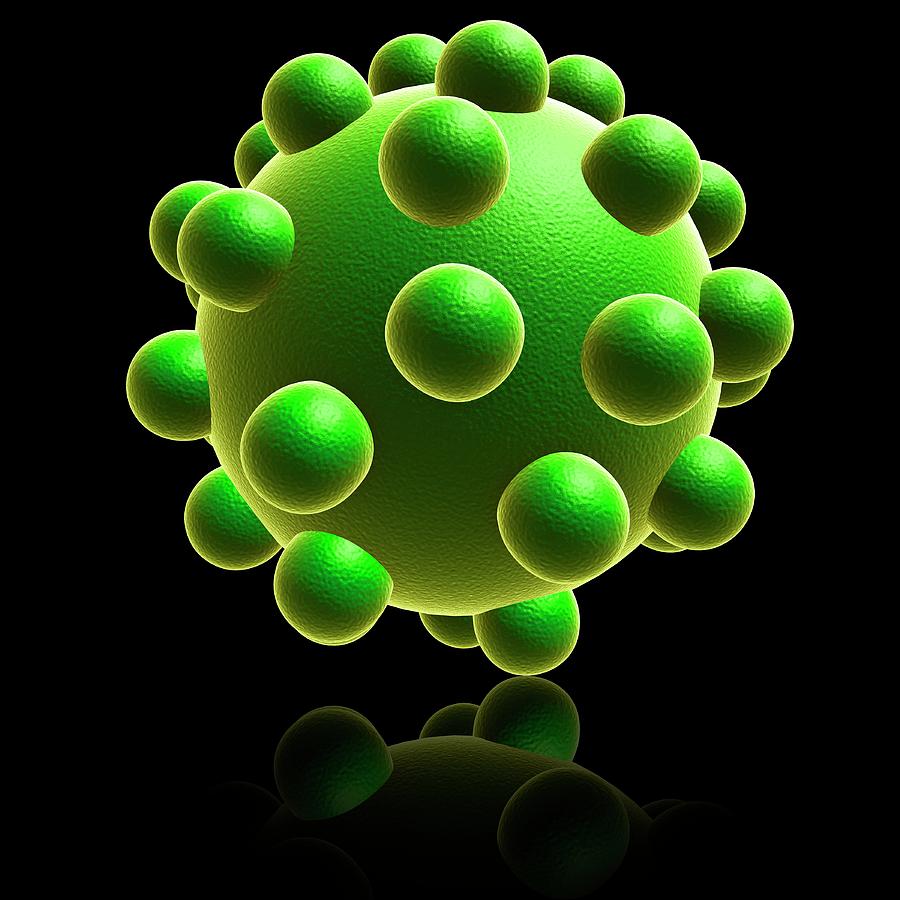
What are the Symptoms of Chickenpox?
The symptoms of chickenpox usually appear within 10 to 21 days after exposure to the virus. The first symptoms include fever, headache, and loss of appetite. A few days later, a rash will appear on the body, face, and scalp. The rash begins as red bumps that turn into blisters filled with fluid. The blisters will eventually crust over and heal within one to two weeks.How is Chickenpox Treated?
There is no specific treatment for chickenpox, but there are several ways to relieve the symptoms. Antihistamines can help relieve itching, and acetaminophen or ibuprofen can help reduce fever and pain. It is important to avoid scratching the blisters to prevent infection and scarring. In some cases, antiviral medication may be prescribed for people with severe or complicated chickenpox.What are the Complications of Chickenpox?
Most people who get chickenpox recover without any complications. However, some people may develop serious complications such as pneumonia, encephalitis, or bacterial infections of the skin. Pregnant women who get chickenpox can also pass the virus to their unborn babies, which can cause birth defects.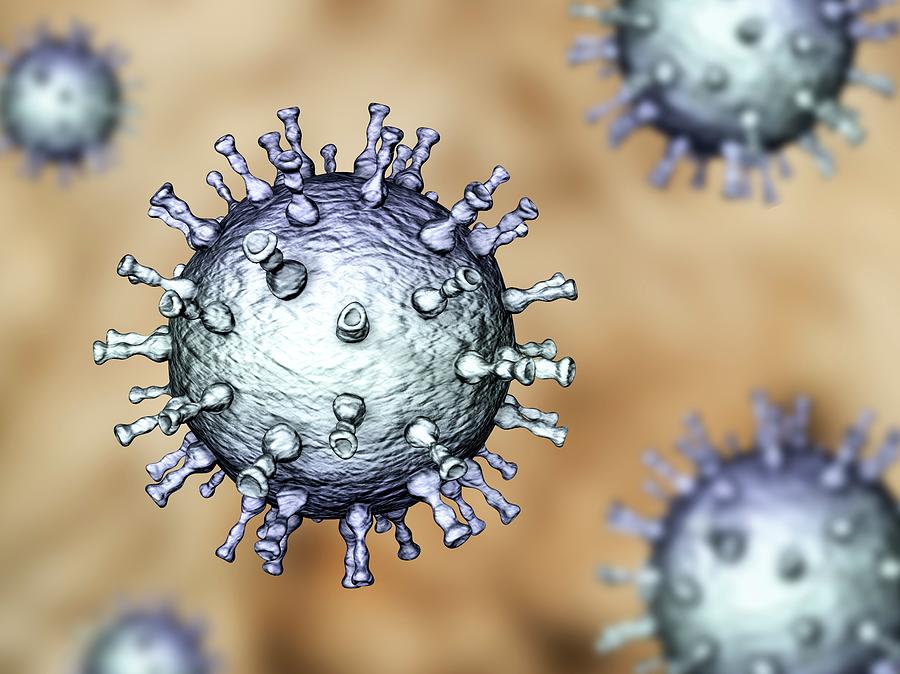
How is Chickenpox Prevented?
The best way to prevent chickenpox is to get vaccinated. The chickenpox vaccine is a safe and effective way to protect against the disease. It is recommended for all children and adults who have not had chickenpox before. People who have had chickenpox before are usually immune to the disease and do not need the vaccine.Conclusion
In conclusion, the scientific name of the chickenpox virus is Varicella zoster virus (VZV). It is a highly contagious disease that can be transmitted through direct contact or through the air. The symptoms of chickenpox include fever, headache, and a rash that turns into blisters. Although there is no specific treatment for chickenpox, there are ways to relieve the symptoms. The best way to prevent chickenpox is to get vaccinated.Related video of Chicken Pox Virus Scientific Name
Coffee is one of the most popular beverages in the world. It is consumed by millions of people every day, and for many, it is an essential part of their morning routine. However, some people prefer to avoid caffeine due to its negative effects on their health. That's where decaffeinated coffee comes in. Decaf coffee is made by removing caffeine from coffee beans. There are several methods used to decaffeinate coffee, but they all involve the use of chemicals. In this article, we will discuss the chemicals used to decaffeinate coffee.
What is Decaffeination?
Decaffeination is the process of removing caffeine from coffee beans. The process is done to produce decaf coffee, which has a lower caffeine content compared to regular coffee. Decaffeination can be done using various methods, including the use of chemicals, water, or carbon dioxide.

Chemicals Used To Decaffeinate Coffee
The most common chemicals used to decaffeinate coffee are methylene chloride and ethyl acetate. Methylene chloride is a colorless liquid with a sweet smell. It is a popular solvent used in many industries, including the coffee industry. Ethyl acetate is another solvent used in the coffee industry. It is a colorless liquid with a fruity smell. It is used in the food and beverage industry as a flavoring agent.

The Decaffeination Process Using Methylene Chloride
The decaffeination process using methylene chloride starts by soaking the coffee beans in hot water. This process removes the caffeine and other soluble compounds from the beans. The water is then separated from the beans, and the beans are soaked in methylene chloride, which dissolves the caffeine. The caffeine is then removed from the methylene chloride using steam, leaving behind decaf coffee beans.

The Decaffeination Process Using Ethyl Acetate
The decaffeination process using ethyl acetate is similar to the process using methylene chloride. The coffee beans are first soaked in hot water to remove the caffeine and other soluble compounds. The water is then separated from the beans, and the beans are soaked in ethyl acetate. The ethyl acetate dissolves the caffeine, which is then removed using steam, leaving behind decaf coffee beans.

Other Methods of Decaffeination
Aside from using methylene chloride and ethyl acetate, there are other methods of decaffeination. These include the Swiss water process, which uses only water to remove caffeine from coffee beans, and the carbon dioxide process, which uses carbon dioxide to dissolve caffeine.
Is Decaffeinated Coffee Safe?
Decaffeinated coffee is generally considered safe for consumption. The chemicals used in the decaffeination process are removed from the beans before they are roasted, so there is no risk of consuming them. However, some people may be sensitive to residual chemicals, so it's best to choose decaf coffee that uses the Swiss water process or the carbon dioxide process.
Conclusion
Decaffeinated coffee is a great option for people who want to enjoy the taste of coffee without the negative effects of caffeine. The decaffeination process involves the use of chemicals such as methylene chloride and ethyl acetate, but these chemicals are removed from the beans before they are roasted. If you're sensitive to residual chemicals, it's best to choose decaf coffee that uses the Swiss water process or the carbon dioxide process.
Related video of Chemical Used To Decaffeinate Coffee

When it comes to milk, most people think of cows or maybe goats. But did you know that Cheez Whiz, the popular processed cheese product, actually contains milk? That's right, one of the main ingredients in Cheez Whiz is milk.
What is Cheez Whiz?

Cheez Whiz is a type of processed cheese spread that was first introduced in the United States in 1953. It was created by a team of food scientists at Kraft Foods and was initially marketed as a quick and easy way to enjoy the taste of melted cheese.
Cheez Whiz is made from a variety of ingredients, including milk, whey protein concentrate, and modified food starch. The milk used in Cheez Whiz can come from a variety of sources, including cows, goats, and even sheep.
How is Cheez Whiz Made?

The process of making Cheez Whiz starts with the milk. The milk is heated and then combined with other ingredients, such as whey protein concentrate and modified food starch. The mixture is then homogenized, which means that it is broken down into small, uniform particles.
Next, the mixture is heated to a high temperature and then cooled quickly. This causes the cheese to solidify, and it is then ground into small pieces. Finally, the cheese pieces are blended with other ingredients, such as water, salt, and preservatives, to create the finished product.
What Makes Cheez Whiz Popular?

Cheez Whiz has become a popular ingredient in a variety of dishes, from macaroni and cheese to cheeseburgers. Its popularity can be attributed to several factors, including its convenience, its long shelf life, and its unique taste and texture.
One of the things that sets Cheez Whiz apart from other types of cheese is its smooth, creamy texture. This is due in part to the emulsifying agents that are added during the production process. These agents help to keep the cheese from separating, which gives it a smoother texture.
Is Cheez Whiz Healthy?

While Cheez Whiz may be a tasty addition to many dishes, it is not the healthiest choice. Like many processed foods, Cheez Whiz contains a lot of additives and preservatives, as well as high levels of sodium and saturated fat.
Furthermore, while Cheez Whiz does contain milk, it is not a good source of calcium or other important nutrients found in milk. So while Cheez Whiz may be a convenient and tasty addition to your meals, it should be consumed in moderation as part of a balanced diet.
The Bottom Line

While it may come as a surprise to some, Cheez Whiz is indeed a source of milk. However, it is important to remember that Cheez Whiz is a processed food that should be consumed in moderation as part of a balanced diet. So go ahead and enjoy your Cheez Whiz, but don't forget to include plenty of other healthy foods in your diet as well.
Related video of Cheez Whiz: A Surprising Source of Milk
Cheese is a beloved food all around the world. It comes in many different varieties, each with its own unique flavor and texture. But did you know that cheese has many different names in other languages? In this article, we will explore the various ways that cheese is called in different parts of the world.
Fromage (French)
In France, cheese is known as fromage. French cheeses are renowned for their variety and quality, with over 400 different types of cheese produced in the country. Some of the most popular French cheeses include Brie, Camembert, and Roquefort.
Queso (Spanish)

Spanish-speakers refer to cheese as queso. Spain is home to many delicious cheeses, including Manchego and Cabrales. In Latin America, cheese is an important ingredient in many traditional dishes, such as quesadillas and empanadas.
Käse (German)
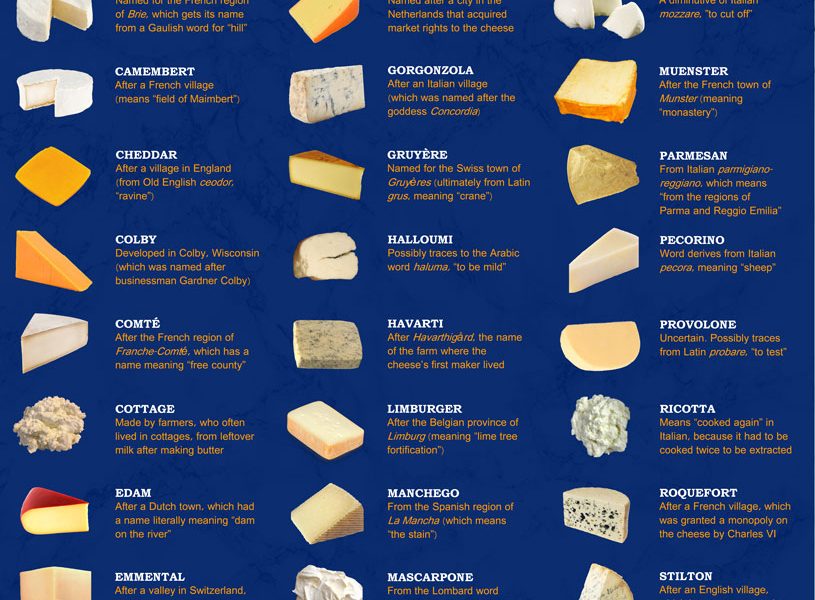
German speakers use the word käse to describe cheese. Germany produces many types of cheese, including Limburger and Harzer. In German cuisine, cheese is often served as a topping for bread, or melted in dishes like käsespätzle (a type of noodle dish).
Ost (Swedish)
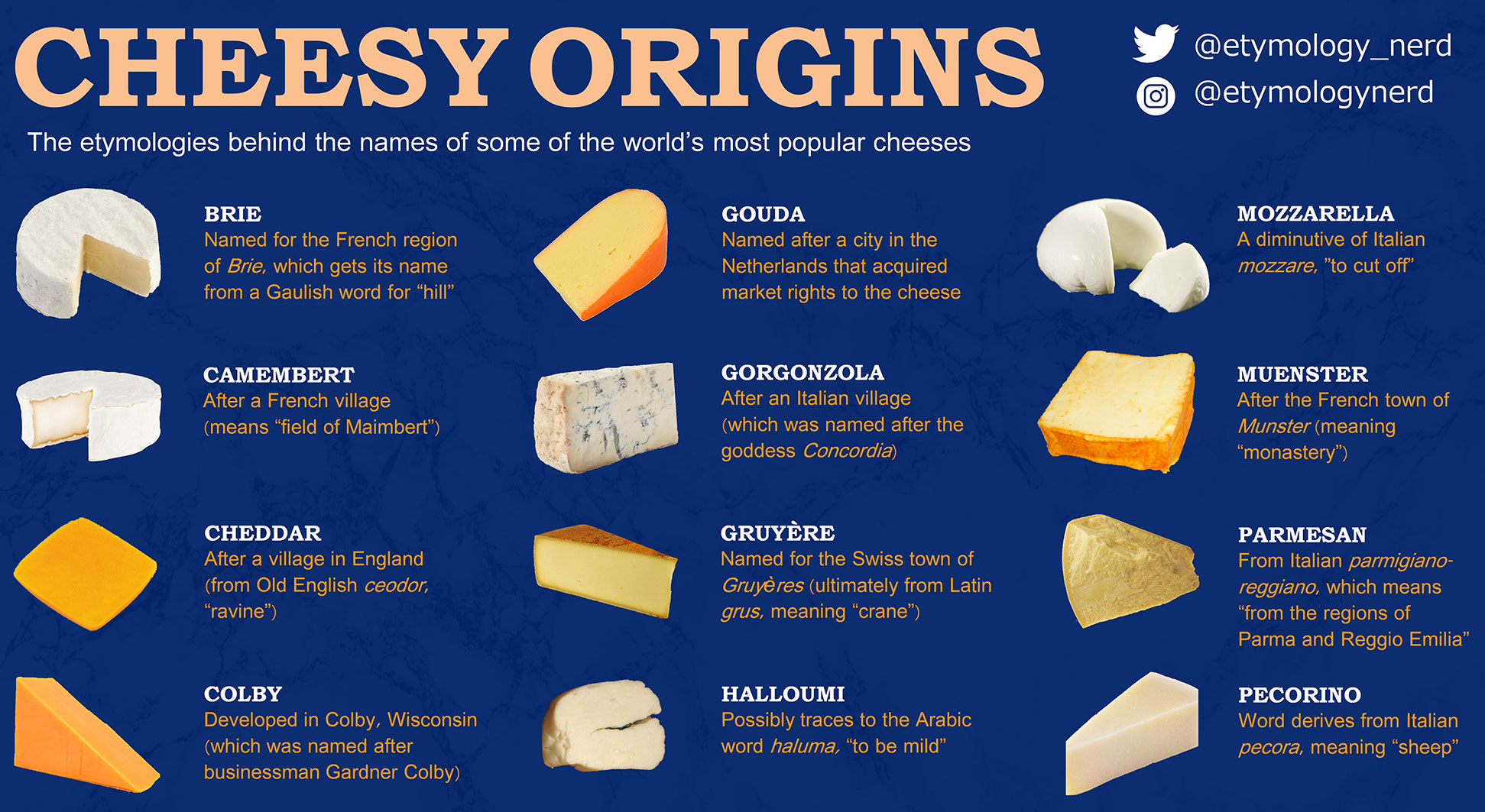
In Sweden, cheese is known as ost. Swedish cheeses include Västerbotten and Herrgård. Cheese is a popular snack in Sweden and is often served on crispbread or with fruit.
Sir (Serbian)

Serbian speakers use the word sir to describe cheese. Serbia produces several types of cheese, including kajmak and pule. Cheese is an important ingredient in Serbian cuisine and is often served with meat dishes.
Formaggio (Italian)
Italians refer to cheese as formaggio. Italy is known for its wide variety of cheeses, including Parmigiano-Reggiano and Mozzarella. In Italian cuisine, cheese is often used in pasta dishes, such as lasagna and spaghetti carbonara.
Keju (Indonesian)

Indonesian speakers use the word keju to describe cheese. Indonesia produces several types of cheese, including gouda and cheddar. Cheese is not a traditional ingredient in Indonesian cuisine, but it has become more popular in recent years.
Sýr (Czech)

In the Czech Republic, cheese is known as sýr. Czech cheeses include Olomoucké tvarůžky and Hermelín. Cheese is often served as a snack or appetizer in Czech cuisine.
Sir (Croatian)

Croatian speakers also use the word sir to describe cheese. Croatia produces several types of cheese, including Paški sir and Skripavac. Cheese is an important ingredient in Croatian cuisine, and is often served with traditional dishes like pasticada (a beef stew).
Caseus (Latin)
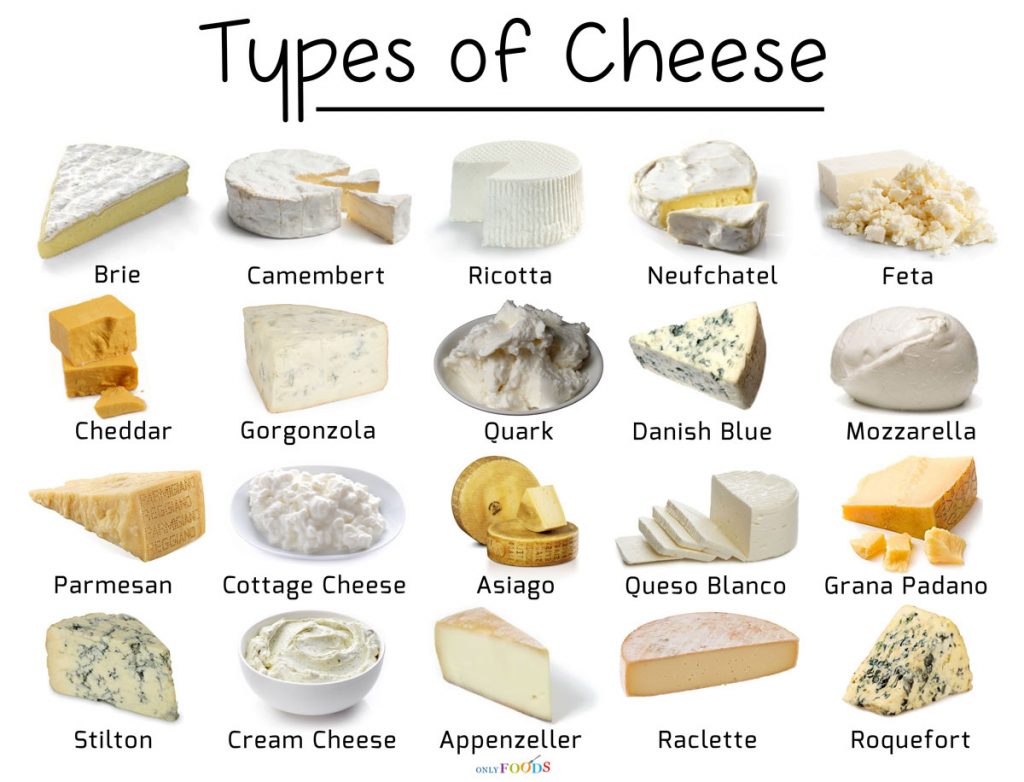
The Latin word for cheese is caseus. This is where the word "casein" (a protein found in milk) comes from. Cheese has been made for thousands of years, and was an important food in ancient Rome and Greece.
Ostur (Icelandic)

In Iceland, cheese is known as ostur. Icelandic cheeses include Skyr and Gammelostur. Cheese is often served as a topping for bread or crackers in Icelandic cuisine.
Fromáge (Portuguese)

Portuguese speakers use the word fromáge to describe cheese. Portugal produces several types of cheese, including Azeitão and Serpa. Cheese is often served as a dessert in Portuguese cuisine, paired with fruit or honey.
Cheese (English)

In English, we simply call it cheese. Cheese is a staple food in many parts of the world, and is used in a variety of dishes. From grilled cheese sandwiches to cheeseburgers, cheese is a versatile and delicious ingredient.
Conclusion
Cheese may have many different names, but no matter what language you speak, it is a beloved food all around the world. Whether you prefer French brie or Spanish manchego, cheese is a delicious and versatile ingredient that can be enjoyed in many different ways.
Related video of Cheese In Other Languages

A hernia is a medical condition that occurs when an organ or fatty tissue protrudes through a weak spot in the surrounding muscle or connective tissue. It can happen in any part of the body, but most commonly occurs in the abdominal area. Hernias can be painful and cause discomfort, and if left untreated, they can lead to serious complications. It is essential to check yourself regularly for hernia to detect it early and get timely treatment. In this article, we will guide you on how to check yourself for hernia.
What Are The Symptoms Of Hernia?

Hernia symptoms vary depending on the type of hernia you have. However, some common symptoms include:
- A bulge or lump that is visible and palpable
- Pain or discomfort in the affected area, especially when lifting heavy objects
- A feeling of heaviness or pressure in the abdomen or groin area
- Nausea or vomiting
- Burning or aching sensation at the site of the bulge or lump
If you experience any of these symptoms, it is essential to consult a doctor for an accurate diagnosis and treatment plan.
How To Check Yourself For Hernia?

Checking yourself for hernia is easy and can be done at home. Here are the steps:
- Find a quiet and private place to check yourself.
- Stand in front of a mirror and remove your clothing from the waist down.
- Examine the area where you suspect a hernia. This can be the groin, belly button, or upper thigh area.
- Look for any unusual bulges or lumps in the area. If you have a hernia, you may notice a bulge that is more prominent when you cough or strain.
- Feel the area with your fingers to check for any lumps or bulges that you may not be able to see. Use a gentle touch and press inward to feel for any protrusions.
- If you notice any unusual bulges or lumps, make an appointment with your doctor for further evaluation.
How Is Hernia Treated?

The treatment for hernia depends on the severity of your condition. In some cases, your doctor may recommend watchful waiting, where you monitor your condition and seek treatment if it worsens. However, in most cases, surgery is required to repair the hernia. Surgery involves pushing the protruding organ or tissue back into place and strengthening the surrounding muscle or connective tissue.
Preventing Hernia
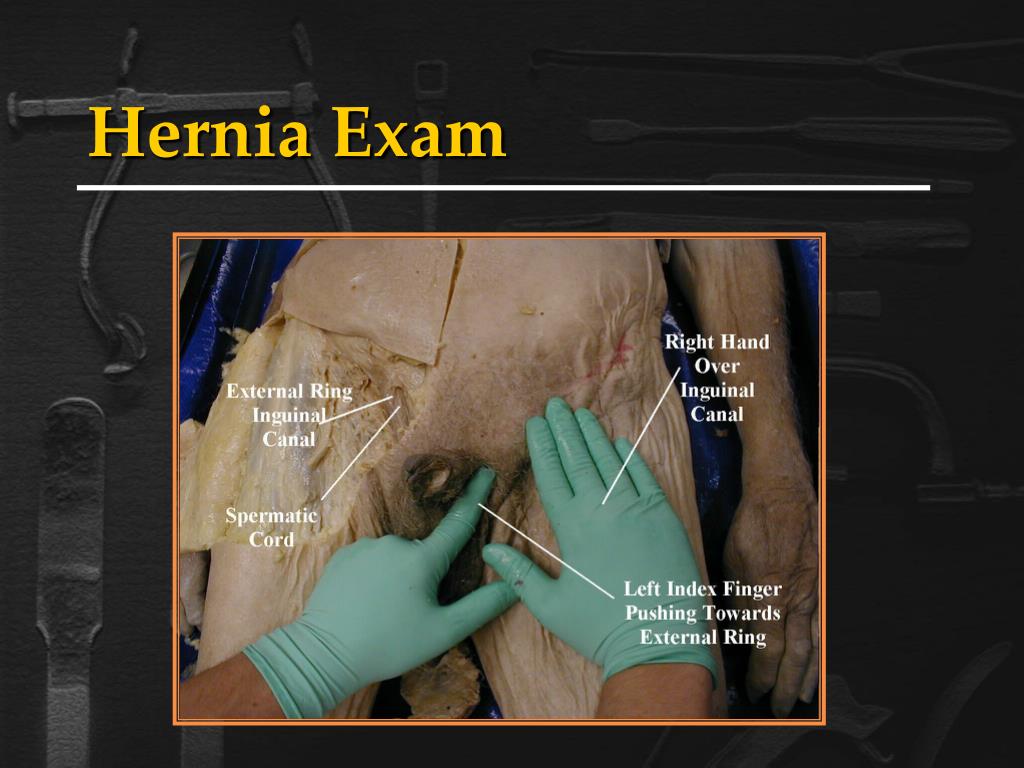
While hernias cannot always be avoided, there are some steps you can take to reduce your risk:
- Avoid lifting heavy objects
- Maintain a healthy weight
- Avoid smoking
- Eat a healthy diet rich in fiber to prevent constipation and straining during bowel movements
- Avoid activities that strain the abdominal muscles, such as coughing or sneezing excessively
Conclusion
Checking yourself regularly for hernia is essential to detect the condition early and get timely treatment. If you notice any unusual bulges or lumps, make an appointment with your doctor for further evaluation. Remember to take steps to prevent hernia by maintaining a healthy lifestyle, avoiding activities that strain the abdominal muscles, and seeking prompt treatment for any medical conditions that may increase your risk of hernia.
Related video of Check Yourself For Hernia
If you're looking for a sweet treat that won't break the bank, then look no further than cheap Kinder Surprise eggs! These tasty treats are perfect for kids and adults alike, and they won't cost you an arm and a leg.
What Are Kinder Surprise Eggs?
Kinder Surprise eggs are a type of chocolate egg that is filled with a small toy or figurine. They are made by the Italian company Ferrero and have been a popular treat around the world for many years. Each egg consists of two layers of chocolate, with a small toy or figurine nestled in the middle.

Where Can You Find Cheap Kinder Surprise Eggs?
You can find cheap Kinder Surprise eggs at many different types of stores, including grocery stores, discount stores, and even online. Look for sales and discounts to get the best deals on these delicious treats.

Why Are Kinder Surprise Eggs So Popular?
Kinder Surprise eggs are popular for a few different reasons. Firstly, they are delicious! The combination of creamy chocolate and a surprise toy or figurine makes them a fun and tasty treat. Additionally, they are relatively inexpensive, making them an affordable indulgence.

Are Kinder Surprise Eggs Safe?
Kinder Surprise eggs have been the subject of some controversy in the past due to concerns about the safety of the toys inside. However, the company has taken steps to ensure that the toys are safe and meet all necessary regulations.
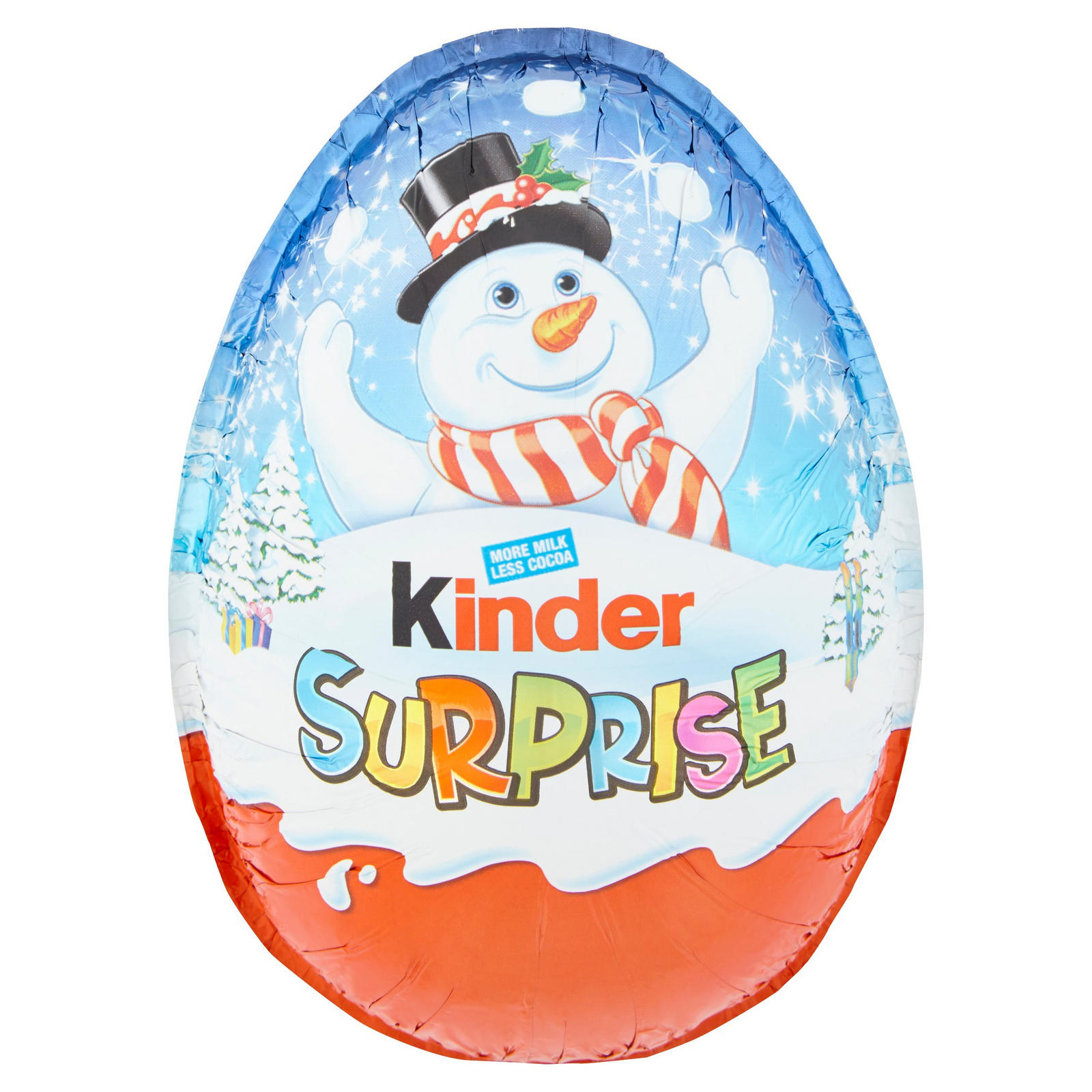
What Are Some Fun Ways to Enjoy Kinder Surprise Eggs?
There are many fun ways to enjoy Kinder Surprise eggs! You can eat them as a delicious snack, or you can use the toys inside for creative play. Some people even collect the toys and figurines that come inside the eggs.
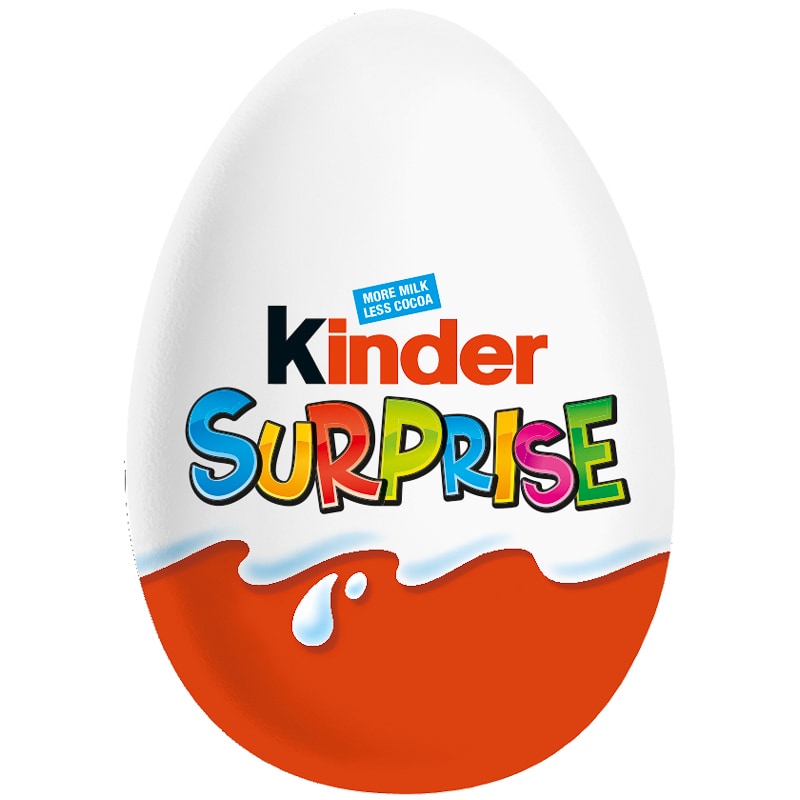
What Are Some Other Types of Kinder Chocolate Treats?
Kinder makes many different types of chocolate treats, including Kinder Bueno, Kinder Joy, and Kinder Chocolate Bars. Each of these treats has a unique flavor and texture, making them a fun and tasty indulgence.
How Can You Save Money on Kinder Chocolate Treats?
If you're on a budget but still want to indulge in Kinder chocolate treats, there are a few ways to save money. Look for sales and discounts at your local stores, or consider buying in bulk to get a better deal.

What Are Some Other Affordable Treats?
If you're looking for other affordable treats to enjoy, there are many options to choose from. Some popular choices include gummy candies, popcorn, and fruit snacks.
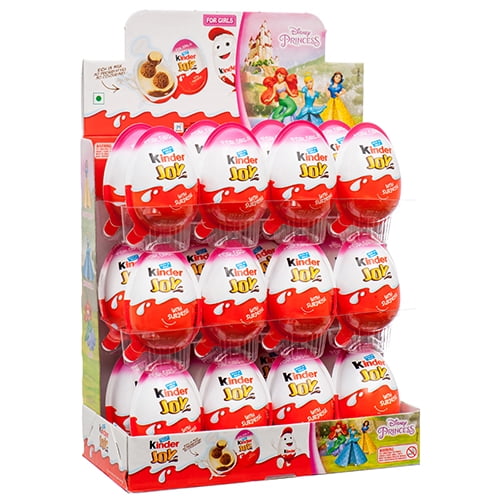
Conclusion
Kinder Surprise eggs are a delicious and affordable treat that are perfect for kids and adults alike. With many different flavors and varieties to choose from, you're sure to find a Kinder chocolate treat that you love.
Related video of Cheap Kinder Surprise Eggs: A Delicious Treat Within Budget
ads
Search This Blog
Blog Archive
- August 2022 (17)
- July 2022 (31)
- June 2022 (30)
- May 2022 (30)
- April 2022 (30)
- March 2022 (32)
- February 2022 (28)
- January 2022 (31)
- December 2021 (6)
About Me
